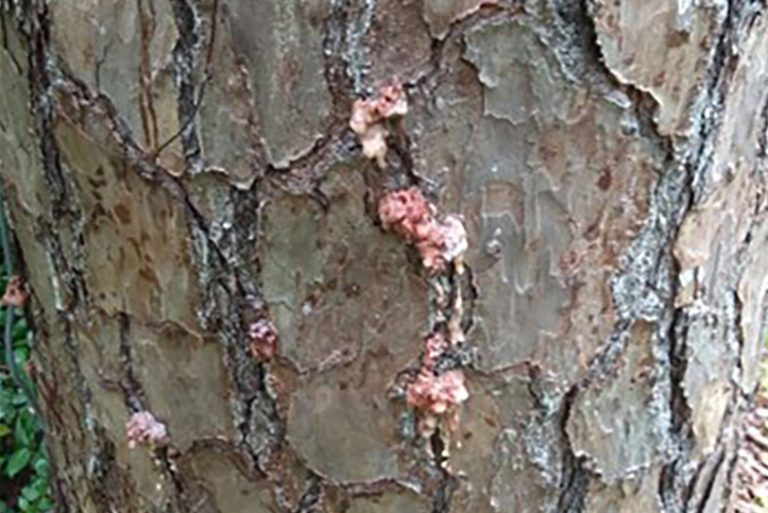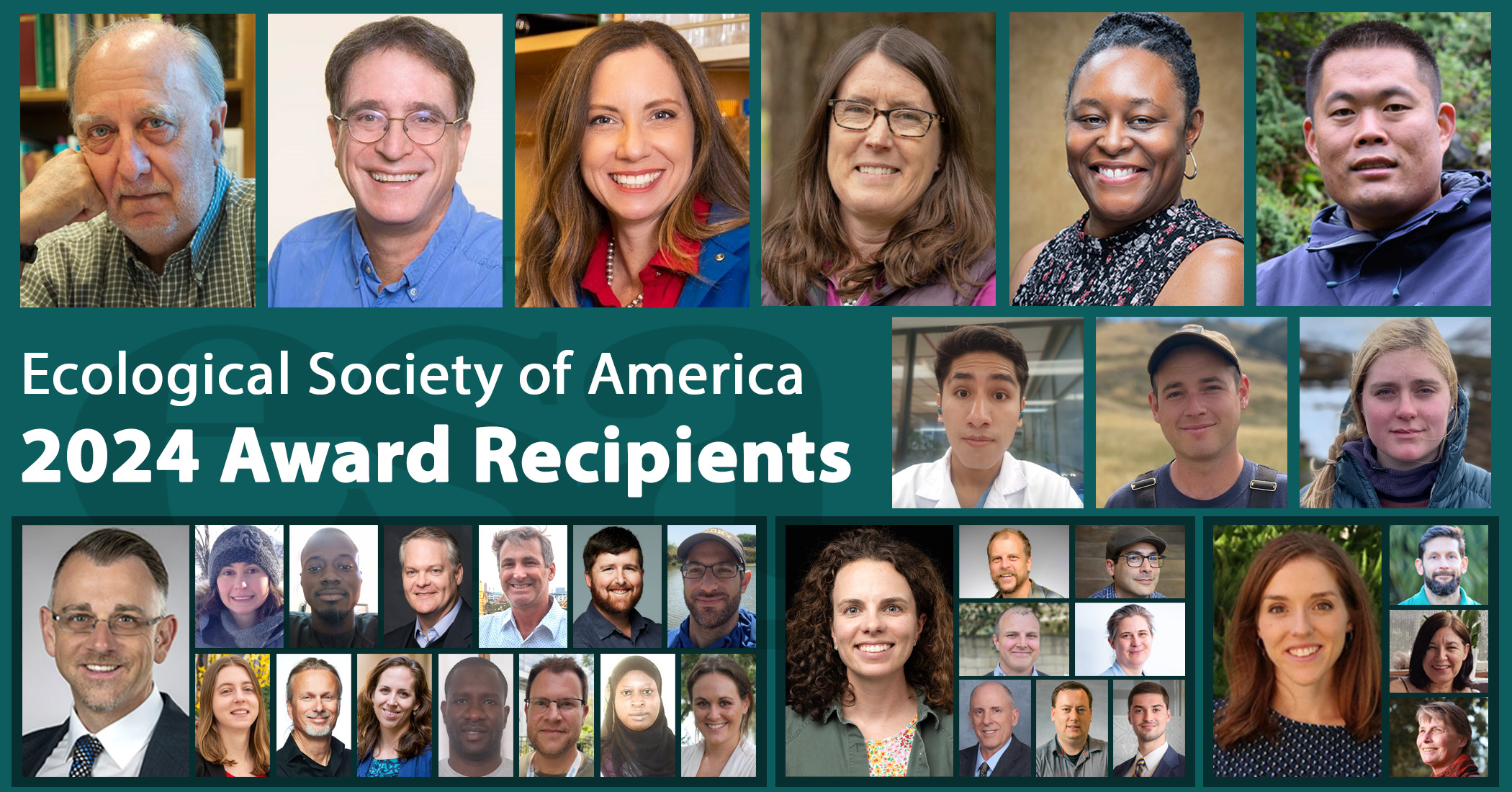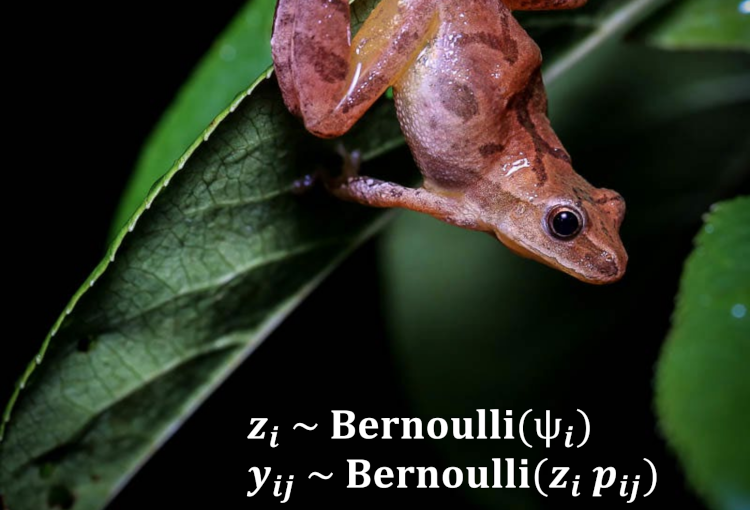
May research news from the Ecological Society of America
How wolf reintroduction affects other carnivores, drought and grazing snails’ impacts in salt marshes, the key to an invasive fish’s success, and more in the Ecological Society of America’s journals.







